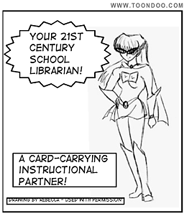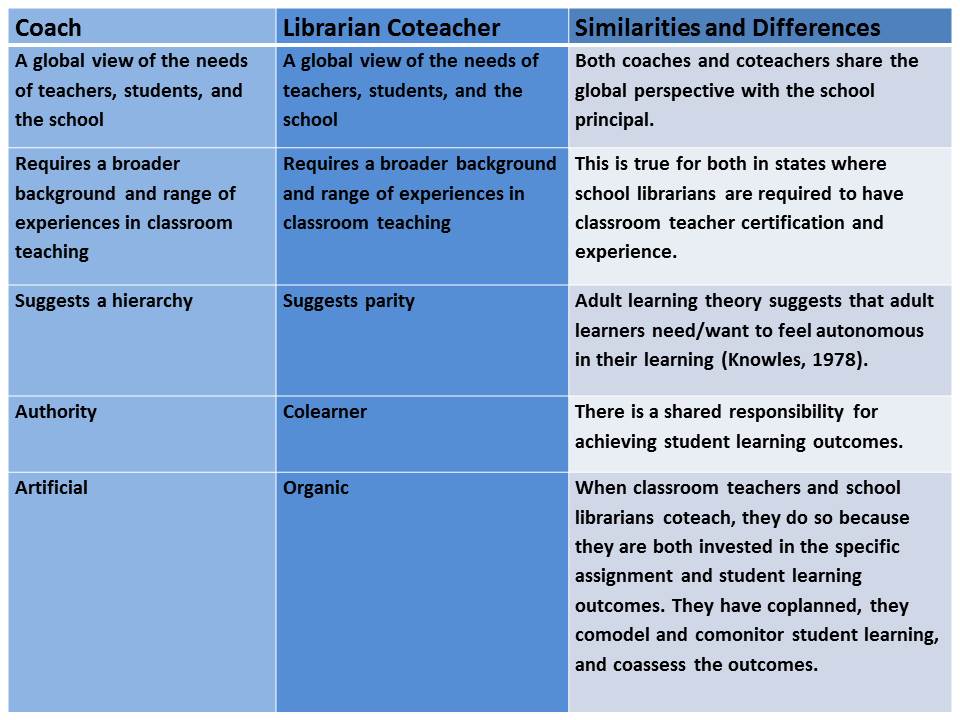As I was reading Sue Kimmel’s latest article in the September/October Knowledge Quest (2013), it occurred to me that food, or imagery about food and food preparation epitomize the work that we do as teacher librarians. No kidding, think about it. We relate to the underlying axiom that plentiful, tasty food is a pleasurable experience for all humans. Food, especially chocolate, can break down barriers and open up social interactions that lead to meaningful understandings and relationships. What we offer in the school library program is access to food for the brain, and a place to partake of those yummy morsels in a social setting. Am I being too corny???
Joking aside, Sue’s message from “Pass the Chocolate-Planning with Teachers,” paints a picture of a successful sustained plan for collaboration with colleagues in the elementary school where she was a school librarian. In regularly scheduled planning meetings in the school library, the team of teachers and librarian came together to talk and plan instructional opportunities for their students. She explains the year long experience, and the various processes that can serve as a model for other school librarians who are looking for fresh ideas for expanding collaboration in their schools.
Central to the planning process, which produced patterns of activity which she labels-orienting, coordinating, making connections, and making sense-was an observed activity that she calls “drifting.” “Drifting might be considered off task, but it represents one of the ways that team members get to know each other when personal or family information is shared.”(49) That happened when someone would say, “pass the chocolate.” Social bonds and commitment to the group are important keys to moving the planning forward. Food and humor provide a respite from the mental hard work of planning, and a time to drift off topic before refocusing on the task at hand.
In this hectic, data driven world of education, it is refreshing to remember that we have to take time to drift. Our students need this time, too. Deep, real learning is hard work. When I see teachers and students who are scheduled by the minute, I wonder if we are not taking enough time to reflect on learning for either group. Social interaction, with or without food builds community and leads to shared experience for learning.
I used to tell students in my school library, “Look around you. Think about this place as a candy store for your brain. Sample all the different flavors and have a feast.” As most school librarians, I always had M & M’s or something to share in my office, too. Monthly faculty pot luck breakfasts or lunches happened in the library media center, and opportunities to build community and collaboration often resulted from them. I have to admit, I have always been a foodie.
And remember what Joyce Valenza has been saying for years, “Think of the library as more of a kitchen than a grocery store…” See what I mean, fellow foodies!
References:
Kimmel, Sue. 2013. “”Pass the Chocolate: Planning with Teachers.” Knowledge Quest. 42 (1) : 48-51.
http://joycevalenzafan.blogspot.com/ (accessed Oct. 27, 2013)
Microsoft Clipart



